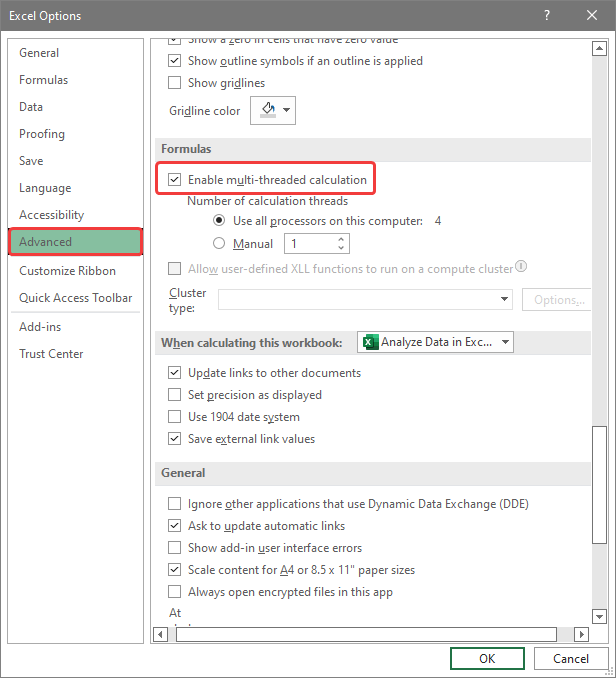5 Easy Ways to Split Excel Data into Sheets

Are you looking to enhance your data management skills in Microsoft Excel? Splitting data into separate sheets can be a fantastic way to organize, analyze, and present information more effectively. Here are five straightforward methods to split your Excel data into different sheets, complete with step-by-step instructions and additional tips.
1. Using Excel’s Built-in Group and Ungroup Feature

One of the simplest ways to split data into sheets is by leveraging Excel’s grouping functionality.
- Select the rows or columns you want to split.
- Go to the ‘Data’ tab and choose ‘Group’ for columns or rows.
- Right-click on the grouped columns or rows, select ‘Group’ and then ‘Outline Level’. Here you can choose to collapse or expand your data into individual sheets.
🌟 Note: This method works well for data that has natural groupings, like different departments or time periods.
2. Using VBA for Custom Splitting

VBA (Visual Basic for Applications) allows you to automate Excel processes, including splitting data into sheets:
- Press Alt + F11 to open the VBA editor.
- Insert a new module by going to Insert > Module.
- Paste the following code to split data based on a specific column:
Sub SplitData()
Dim ws As Worksheet, newWs As Worksheet
Dim dataCell As Range
Dim value As String
Dim lastRow As Long, i As Long
Set ws = ThisWorkbook.Sheets("Sheet1")
lastRow = ws.Cells(ws.Rows.Count, "A").End(xlUp).Row
For i = 2 To lastRow
value = ws.Cells(i, 1).Value
On Error Resume Next
Set newWs = Sheets(value)
On Error GoTo 0
If newWs Is Nothing Then
Set newWs = Sheets.Add(After:=Sheets(Sheets.Count))
newWs.Name = value
End If
ws.Rows(i).Copy Destination:=newWs.Range("A" & newWs.Cells(newWs.Rows.Count, "A").End(xlUp).Row + 1)
Next i
End Sub
💡 Note: Adjust the column reference from 'A' to your dataset's unique identifier column. Also, this code assumes your data begins in the second row with headers in the first.
3. Using Excel Add-ins for Data Splitting

Various Excel add-ins like Ablebits, ASAP Utilities, or Kutools provide features to split data:
- Install an Excel add-in from the respective provider’s website.
- Access the add-in’s tool for data splitting from Excel’s toolbar or ‘Data’ tab.
- Follow the tool’s prompts to split your data into different sheets based on chosen criteria.
🚀 Note: Add-ins can significantly speed up your workflow but remember they might slow down Excel’s performance due to their additional processes.
4. Manual Sorting and Copy-Paste

This traditional method can be effective for smaller datasets:
- Sort your data based on the column you want to split by.
- Select the first group of data, copy, and paste into a new sheet.
- Repeat this process for each unique category in your dataset.
✏️ Note: While time-consuming, this method gives you full control over the organization of your data, ensuring accuracy in data transfer.
5. Advanced Filter for Selective Splitting

Use Excel’s Advanced Filter to selectively split your data:
- Click on any cell within your data range.
- Go to ‘Data’ > ‘Sort & Filter’ > ‘Advanced’.
- Choose ‘Filter the list, in-place’ or ‘Copy to another location’.
- Set criteria for splitting in the ‘Criteria Range’ box.
- Select ‘Unique Records Only’ to avoid duplicates.
This comprehensive guide has walked you through five different methods to split Excel data into sheets, each catering to different needs and levels of automation. Whether you're dealing with small datasets or large, complex ones, these techniques can streamline your data management process, making it more efficient and less prone to errors. Remember, the choice of method will depend on your dataset's complexity, your comfort with Excel features, and the specific outcomes you're aiming for. Embrace these techniques to unlock the full potential of Excel in organizing and analyzing your data.
Why should I split my data into multiple sheets?

+
Splitting data into multiple sheets can help in organizing information by categories, improving readability, simplifying data analysis, and making it easier to manage large datasets.
What is the best method to use if I’m not familiar with Excel functions?

+
For beginners, the manual sorting and copy-paste method or using Excel add-ins might be the easiest and most straightforward approach. They require minimal technical knowledge of Excel functions.
Can I undo the data split after performing any of these methods?

+
While you can manually undo some manual operations like copy-paste, methods involving VBA or filters require you to keep a backup of your original data before splitting.



